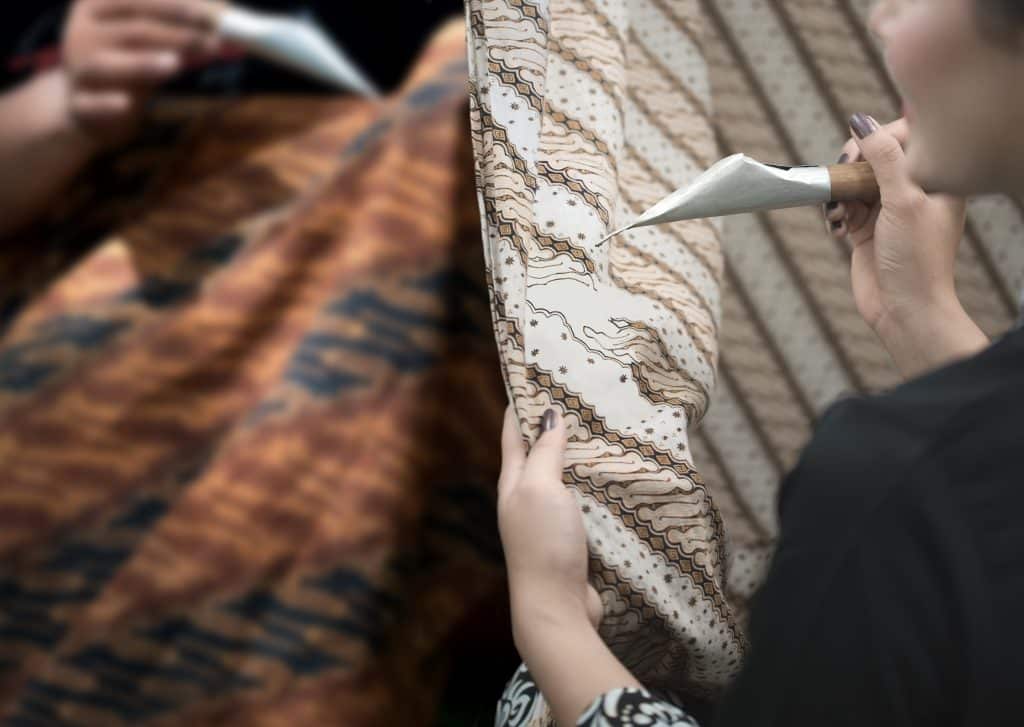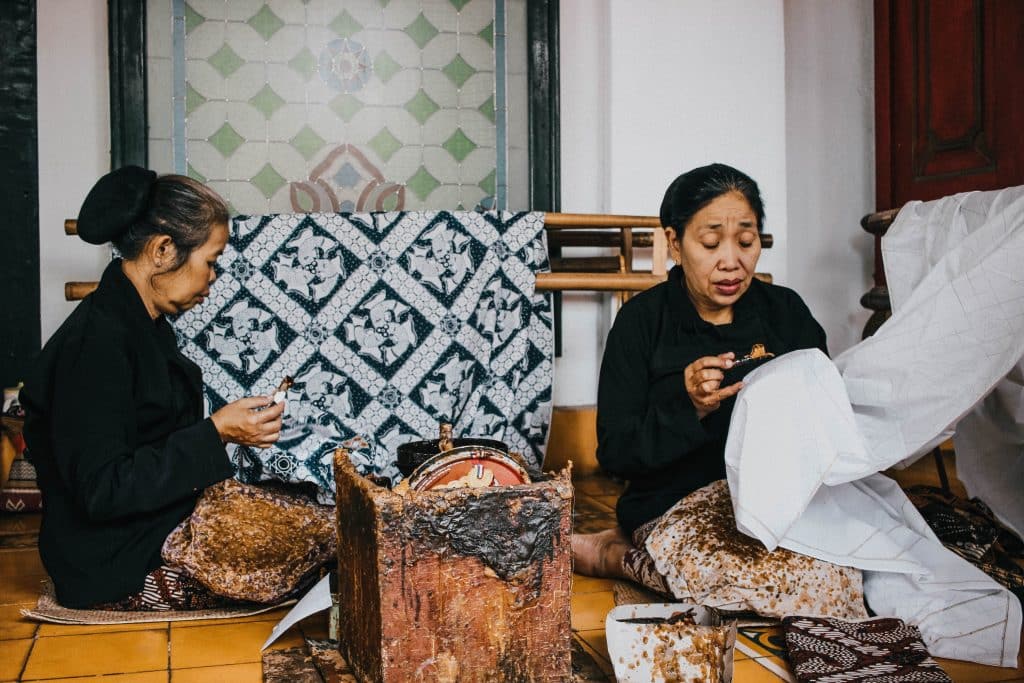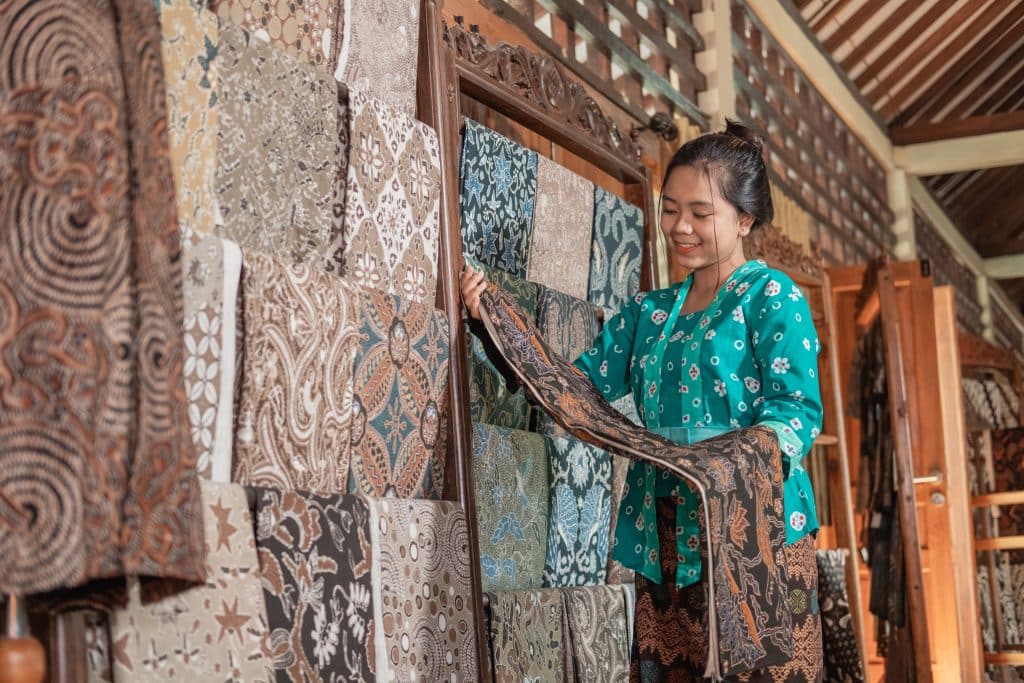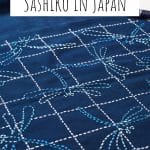A Brief History of Batiks in Southeast Asia
If you’ve ever wanted to learn more about batiks in Southeast Asia and are wondering where they originated, how they originated, and their cultural significance, this is a great place to start. In this article we’ll cover a brief history of batiks in Southeast Asia, including Malaysian, Indonesian, and Singaporean history and roots. If you’re unfamiliar with batik-making techniques or batik designs and patterns, read along to find out more about the cultural significance of batiks and how they made their way into today’s world through a very long history.

What is Batik?
Batik is a traditional art form as well as a still widely practiced craft in many parts of the world in both Europe and South America. You will also see forms of batik in China, Japan, and India. This is a widely practiced traditional craft that has spread over many cultures, continents, and years; batik history is vast. The term comes from a combination of words: “amba” (a Javanese word – Java is where batik originated) that translates to “to write or draw”, and “tiktik”, which translates directly to “dot”. This gives you an idea of the type of art you can expect to see in batiks.

Photo by Mahmur Marganti
Batik is the process of dyeing cloth with both wax and dye as creative mediums to do so. This allows for a freedom of creative process and provides a great cultural significance based on the art that is made. Batiks can be passed down for many generations to come and are considered evergreen in fashion. You will primarily find these textiles on cotton, linens, and silk – but you may also see hemp, or rayon textiles as well. The craft is extremely versatile and offers many creative options! Occasionally, you may even see batik on things like wood, paper, ceramics, or leather as well.
Traditional batik designs and patterns have been made by applying wax to certain portions of the textile to cover particular spots from the dye being used to allow for different colorings and designs. The wax is resistant to dye so it makes a good placeholder to prevent that portion of the textile from being colored. This process can be repeated as many times as needed to allow for different colors, layers, and designs. In the more modern forms of this art, there are many more tools and methods available to batik designers including spraying, etching, and marbling.

Here’s a quick description of the techniques commonly used in batik making:
Wax Application: The first step in batik making is applying hot wax to specific areas of the fabric using a tool called a canting (a small copper container with a spout) or a brush. The wax acts as a resist agent, preventing the dye from penetrating the fabric in the waxed areas. Artists carefully draw or trace their designs onto the fabric with the wax.

Dyeing: After applying the wax, the fabric is submerged into a dye bath or dyes are applied directly onto the fabric. The dye colors the exposed areas of the fabric while being resisted by the wax. This process can be repeated multiple times, with different colors being applied in stages. Artists may use various dyeing techniques like immersion, brushwork, or spraying to achieve desired effects.

Wax Removal: Once the dye has dried, the fabric undergoes a wax removal process to reveal the design. Traditionally, batiks were boiled in water to remove the wax. The heat melts the wax, and the excess wax is carefully scraped off the fabric. In contemporary methods, ironing the fabric between layers of absorbent paper is often employed to remove the wax.
Additional Layers and Detailing: For intricate designs, additional layers of wax and dyeing may be applied to create more complex patterns. Artists use different tools to apply wax, such as stamps, brushes, or tjanting (a larger canting with multiple spouts). This layering process adds depth and detail to the final batik piece.

Finishing Touches: After the final dyeing and wax removal, the batik fabric is washed to remove any residual wax or dye. It is then dried and can be further embellished or finished, such as by adding additional hand-painted details or embroidery.
The batik-making techniques require skill, precision, and patience. Artists have the freedom to explore various styles and interpretations, resulting in unique and diverse batik designs. The combination of wax application, dyeing, and wax removal allows for the creation of intricate, multi-colored patterns on fabric, making batik a truly captivating art form.
What is the cultural significance of batik?
The cultural significance of batik is huge – batik is a form of art and fashion, but it also runs much deeper than that as well. Here are a few examples of the way batik has been traditionally used in cultures:
Mummy wrappings: These early renditions of Batik included stains by blood and ashes. This was widely practiced in Egypt as far back as the fourth century AD, in China by the Tang Dynasty (618–907 AD), and even in India and Japan as far back as 645–794 AD. It has also been practiced by people in Nigeria! This is largely culturally significant as a way to prepare remains and honor them throughout these time periods.
Easter eggs: In places like Ukraine, Russia, and Poland, this art form was used to dye eggs at Easter time.

In Indonesian history: Indonesian batik was used traditionally for ceremonial garments for royalty. Some colors and patterns were only available to certain classes of people and some batiks were even worn as a method of resistance. Over time, it has spread to be acceptable for use to all in society, but it took until the 20th century to get to that point. In modern times, these textiles are often worn on special occasions, religious ceremonies, and as everyday attire in Southeast Asian countries.
Art and decorative purposes: Batiks have been used as decorative wall hangings, tablecloths, and upholstery fabric. Intricate and colorful batik pieces are often displayed as artworks in homes, museums, and galleries, showcasing the craftsmanship and artistic expression of the batik makers.
National identity and tourism: Batiks have become iconic symbols of national identity and cultural pride in countries like Indonesia, Malaysia, and Singapore. They are often promoted as tourist souvenirs and represent the rich cultural heritage of these nations.

Where can I learn more about batik?
If you are looking to experience and learn more about batik in person, the best place to visit would be Southeast Asia, particularly countries like Indonesia, Malaysia, and Singapore where batik has deep cultural roots. Here are some specific destinations where you can find out more about batik:
Yogyakarta and Solo, Indonesia: These cities in Java are renowned for their batik heritage. You can visit batik workshops, museums, and galleries to observe the batik-making process, learn from artisans, and explore extensive collections of batik textiles.

Photo by Camille Bismonte
Pekalongan, Indonesia: Pekalongan is known as the “City of Batik” in Indonesia. It has a rich history of batik production, and you can visit batik villages, workshops, and the Batik Museum to immerse yourself in the local batik culture.
Kuala Lumpur, Malaysia: The capital city of Malaysia offers opportunities to explore the world of batik. Visit the Batik Boutique to see the process of creating batik and purchase unique batik products. The Craft Complex and Central Market also showcase batik textiles and offer workshops for visitors.
Singapore: In Singapore, you can visit museums like the Asian Civilisations Museum and the National Gallery Singapore to learn about the cultural significance of batik in the region. You may also find batik-related exhibitions, workshops, and events held in various cultural centers and art spaces.

Additionally, local markets, craft fairs, and cultural festivals in these countries often feature batik artisans, where you can interact with them, witness live demonstrations, and even try your hand at creating your own batik piece.

By visiting these destinations, you can immerse yourself in the rich batik traditions, witness the craftsmanship firsthand, engage with knowledgeable artisans, and gain a deeper appreciation for the art form.








One Comment